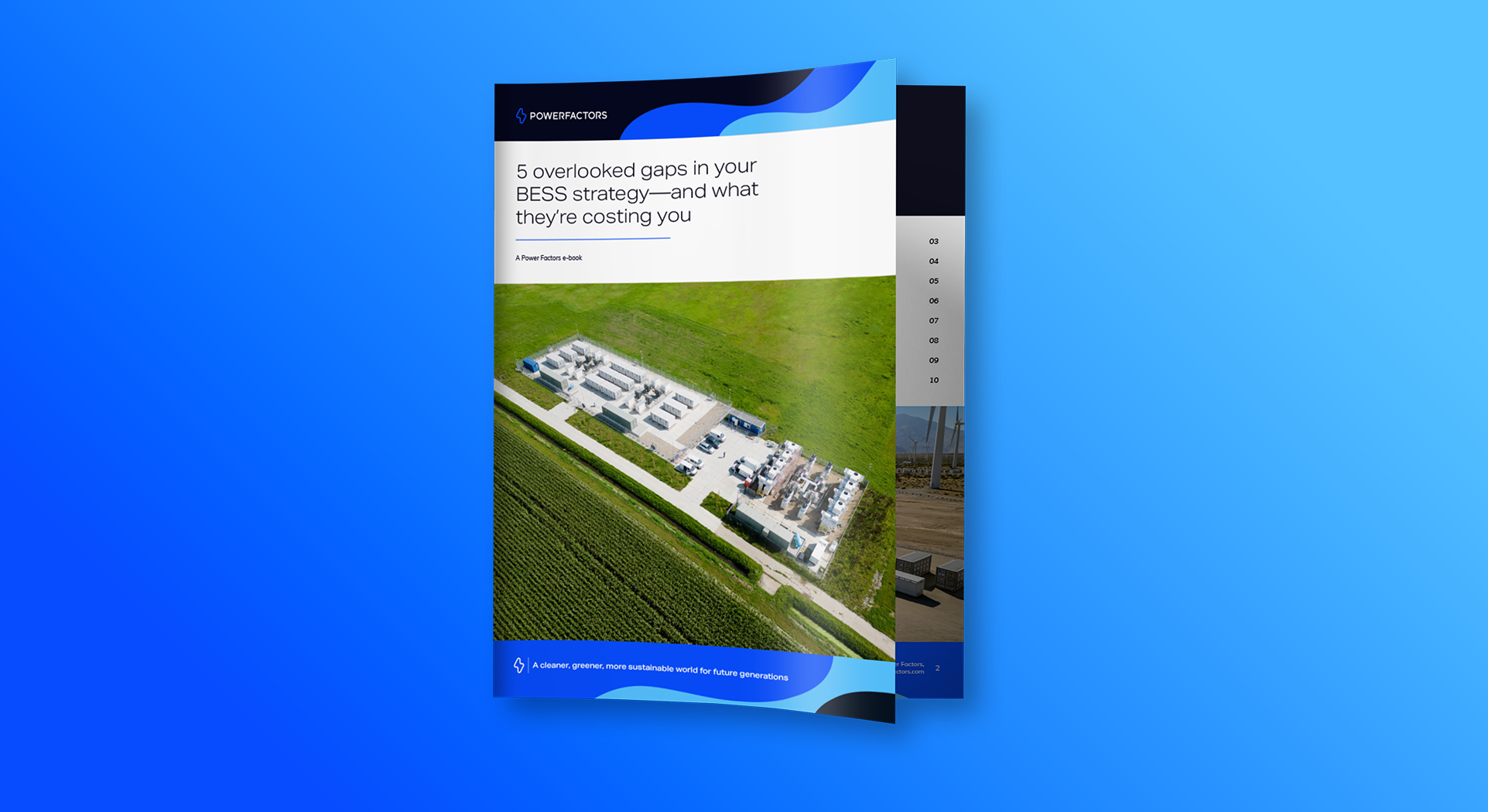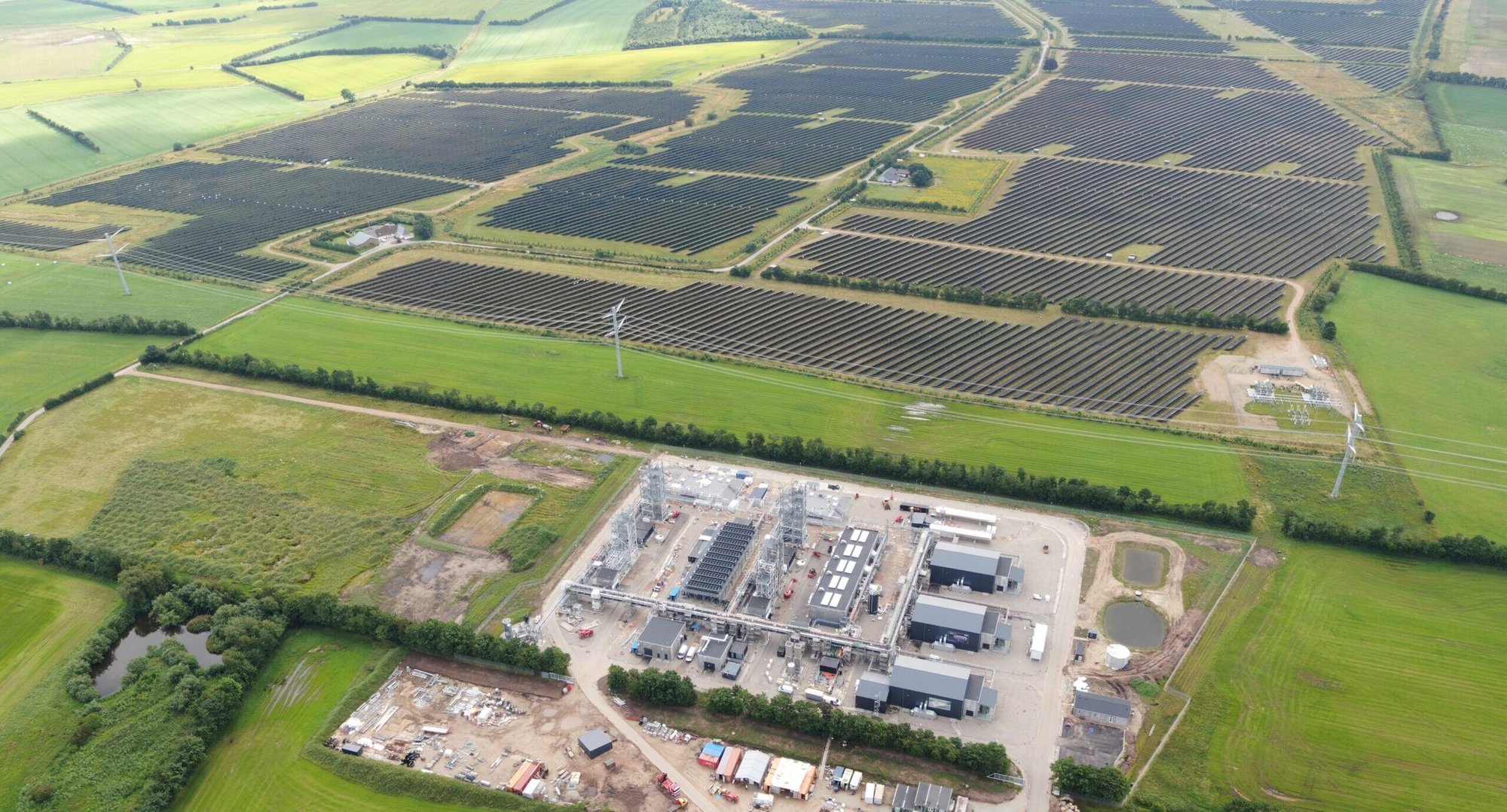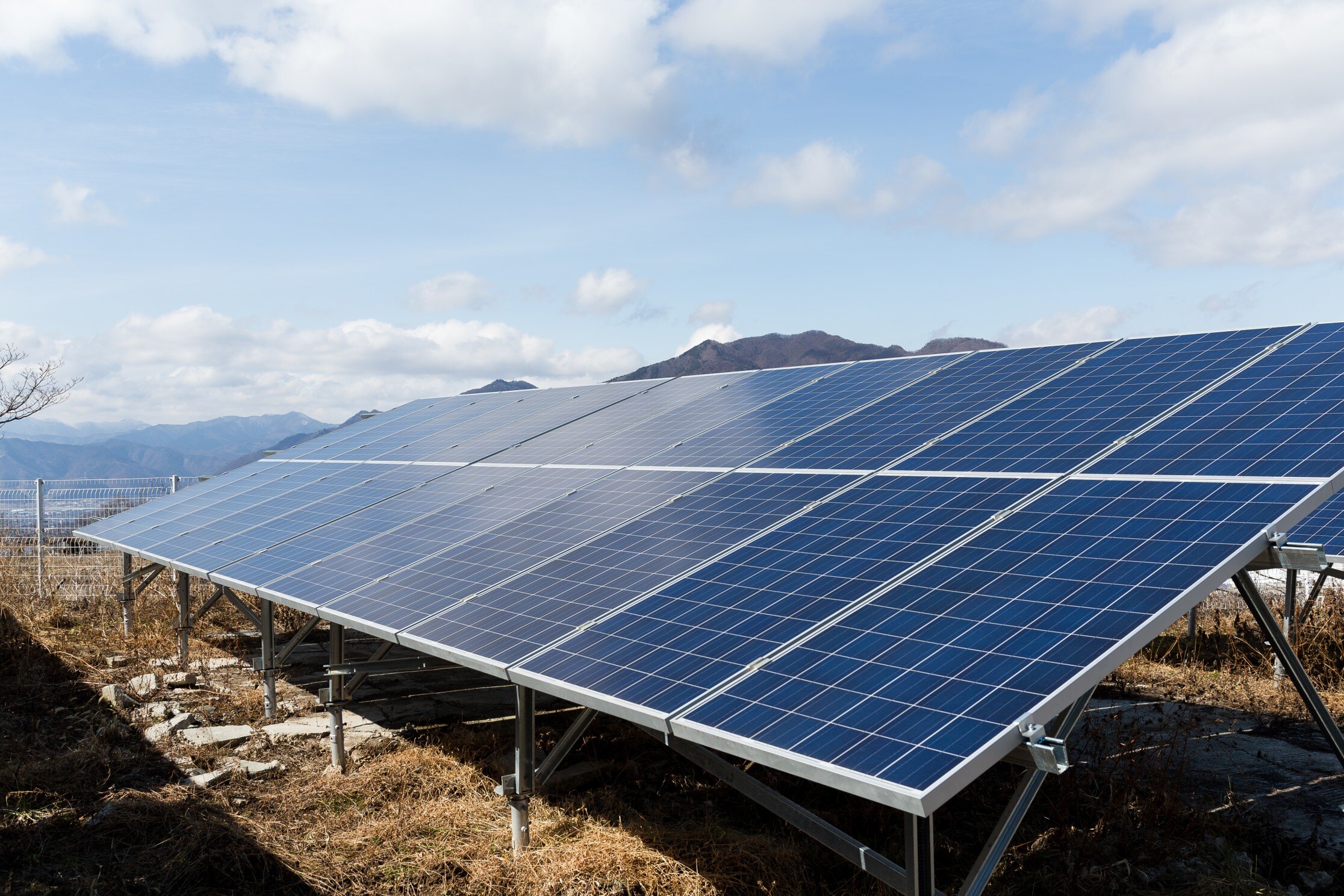Overcoming the Challenge of Performance Model Selection

Stay in touch
Subscribe to our newsletter for expert insights, company updates, and the latest in renewable energy management solutions.
This is the last article in an eight-part series about the top four challenges in solar performance monitoring and how to overcome these challenges.
THE MODEL SELECTION CHALLENGE
As we discussed in the fourth article in this series, the purpose of a solar monitoring software platform is to characterize the operational performance of the plant’s assets so we can ensure the equipment is performing well. For the solar asset class, this is particularly difficult because the electric generators (modules) of large-scale solar systems are not metered, making modeling the health of the DC array equipment uniquely challenging.
ONE MODEL DOESN’T FIT ALL
The information technology world is currently abuzz regarding the potential of big data and advanced analytics — and for good reason. With a wealth of plant operating data to be mined and the promise of identifying (or even predicting) anomalous plant behavior, it would be a shame to let this data go to waste. In addition, simple performance models are limited when it comes to identifying problems in the solar power asset class.
That said, at Power Factors, we have found that general-purpose advanced analytics performance models don’t work well for the solar asset class. Why? The reason has to do with two characteristics of the solar power asset class that distinguish it from other power asset classes:
- Solar power assets are not metered at the source of electric generation
- Solar power facilities are unstaffed and geographically distributed
General-purpose machine learning, artificial intelligence (AI) and neural-network-based performance models don’t need to know anything about the asset they’re monitoring other than what can be learned by observation. These algorithms aren’t dependent on a physical model of the equipment being monitored.
In other words, whether the machine learning algorithm is monitoring a commercial refrigerator or a solar DC array doesn’t really matter. The algorithm simply is trained to understand the performance signature of a well-behaving refrigerator or DC array. When that performance signature varies by a statistically significant amount, an alert is triggered.
But most solar plants have no metering in the DC array. Because there is no metering at the module level, the general-purpose algorithms can’t provide detailed insights into the specific location of the problem. The generic performance model can communicate things like, “Block 2 and 5 are not running as well as they used to.” It can’t communicate things like, “There are 7 open circuit strings in Block 2 and module soiling in Block 5.” Adding diagnostic, asset-level detail to the alert requires a monitoring platform with a deep knowledge of PV failure modes designed into it.
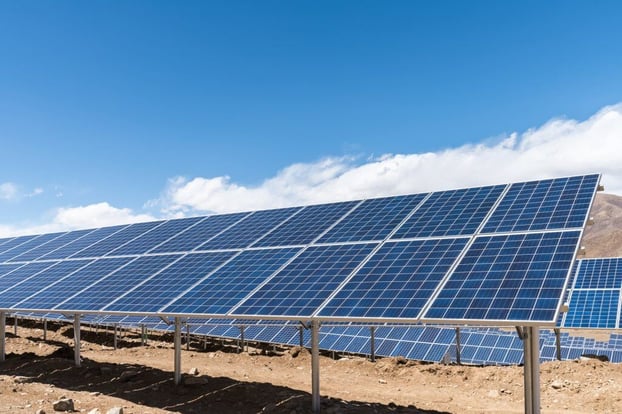
And, for the solar power industry, summary-level alerts of plant performance losses are just not good enough. Why? Because of solar asset class distinction number two: Solar power facilities are often not staffed with onsite crews and are geographically distributed. Investigating the summary-level alert in the field would require a costly truck roll.
All other power generation asset classes have personnel onsite or nearby to perform this task. If a performance shortfall investigation needs to be done, that task is merely added to the daily operating rounds of the local technicians with no incremental cost to the owner. In contrast, the solar asset class can’t cost-justify rolling a truck every time the performance monitoring system thinks there is a problem with the equipment.
In our experience, successful solar power advanced analytics need to be developed by industry professionals and utilize asset-specific performance models. This creates trustworthy performance insights with enough detail about the problem to make cost-effective truck roll decisions and then efficiently correct the problem in the field.
THERE’S NO DIRECT FLIGHT TO PERFORMANCE INSIGHTS
When it comes to the solar asset class, there are no direct flights to solar performance insights. You can’t expect to go directly from data consumption by general-purpose performance models to trustworthy, actionable insights. Much of the heavy lifting in solar performance monitoring happens at the data-foundation level.
Before we can tease out actionable insights at the DC array equipment level we need to meticulously prepare the data. Power Factors’ Drive Pro asset performance management (APM) platform performs hundreds of data capability and data validation tests before analyzing the performance signature of DC array equipment. Only after this robust set of data qualification tests are applied to the raw operating data can auto-classification of the event signatures be determined.
Without this scalable and robust data preparation step, Drive Pro, like general-purpose performance models, would only be able to detect high-level performance anomalies in the DC array. In our many conversations with solar plant owners and operators, they have communicated that they need a tool that not only tells them there is a problem, but also gives them trusted information about level of impact and issue location.
WHAT IS THE BEST MODEL?
When I ask our data scientists, performance engineers and product managers what the best performance model is for identifying solar DC array problems, their answer is always something along the lines of, “It depends.” We have found that no one algorithm or method is a silver bullet for detecting all types of PV power equipment performance problems.
Because of this, Drive Pro uses a combination of physical, empirical, statistical and machine learning performance models and algorithms to detect all types of losses in the DC array. Sometimes a simple data regression is the best tool for the job, other times digital twins and physical models are the best tools to apply.
When I asked our senior data scientist if he could solve the problem of PV performance monitoring using a general-purpose algorithm, he said “Probably, but we wouldn’t have been able to skip all of the steps we have used as subject matter experts to process, classify and filter the data prior to consuming it in the algorithm.”
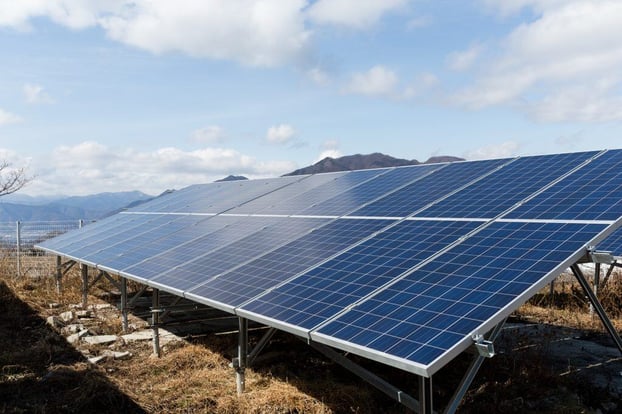
My conclusion, based on these and many other discussions with solar subject matter experts — as well as my years of monitoring power generation equipment — is that the most important thing in performance monitoring is not just the tool, but who built it. I see no way around this problem. The unique characteristics of the solar power asset class requires deep expertise in the technology itself to model and detect performance problems in its generating equipment.
Therefore, I see only three viable solutions to the solar power performance model problem:
- Build – Depending on what tools you use to create your own performance model and monitoring solution, this is a few to several years’ journey requiring a team of dedicated experts.
- Buy Generic – If you choose to develop a monitoring solution using a general-purpose advanced analytic engine, you will either need to build the platform from the ground up or use a system integrator. This is a 2-3-year effort with high technology risk and a large investment.
- Buy Purpose-Built – This solution is developed and maintained by industry experts, is offered as a cancellable subscription and the value can be demonstrated prior to purchase.
SUMMARY
If the model selection problem is not addressed properly, your monitoring system will fail under the weight of the solar power data tsunami. It has been our experience that a one-size-fits-all generic-model approach to the solution will fall short. Because of the unique nature of the solar power asset class, the best path to a successful asset performance management platform is one that is purpose-built by industry professionals.
Want to learn more about how Power Factors’ Drive Pro asset performance management (APM) platform helps you overcome the challenge of selecting the right model?
Steve Hanawalt is EVP and Founder at Power Factors.

